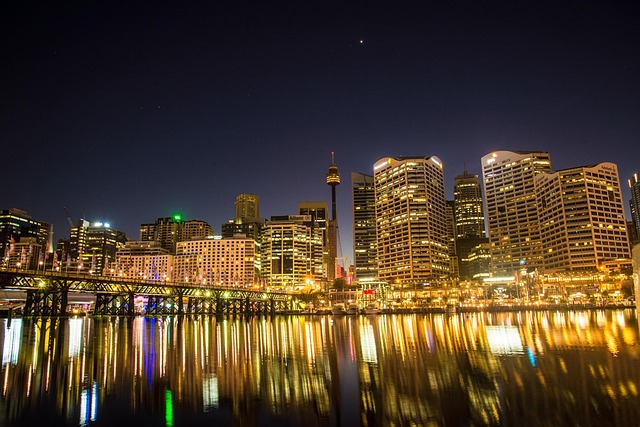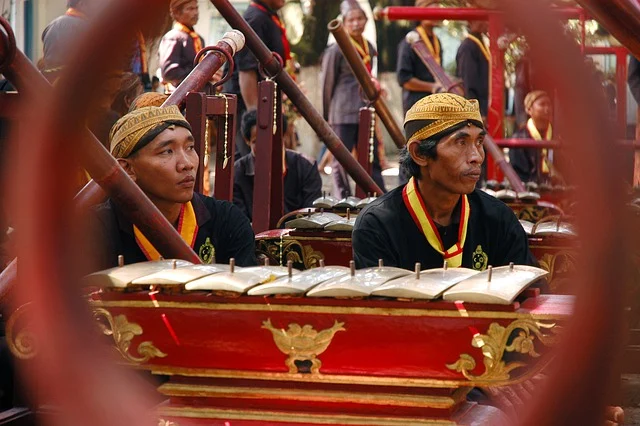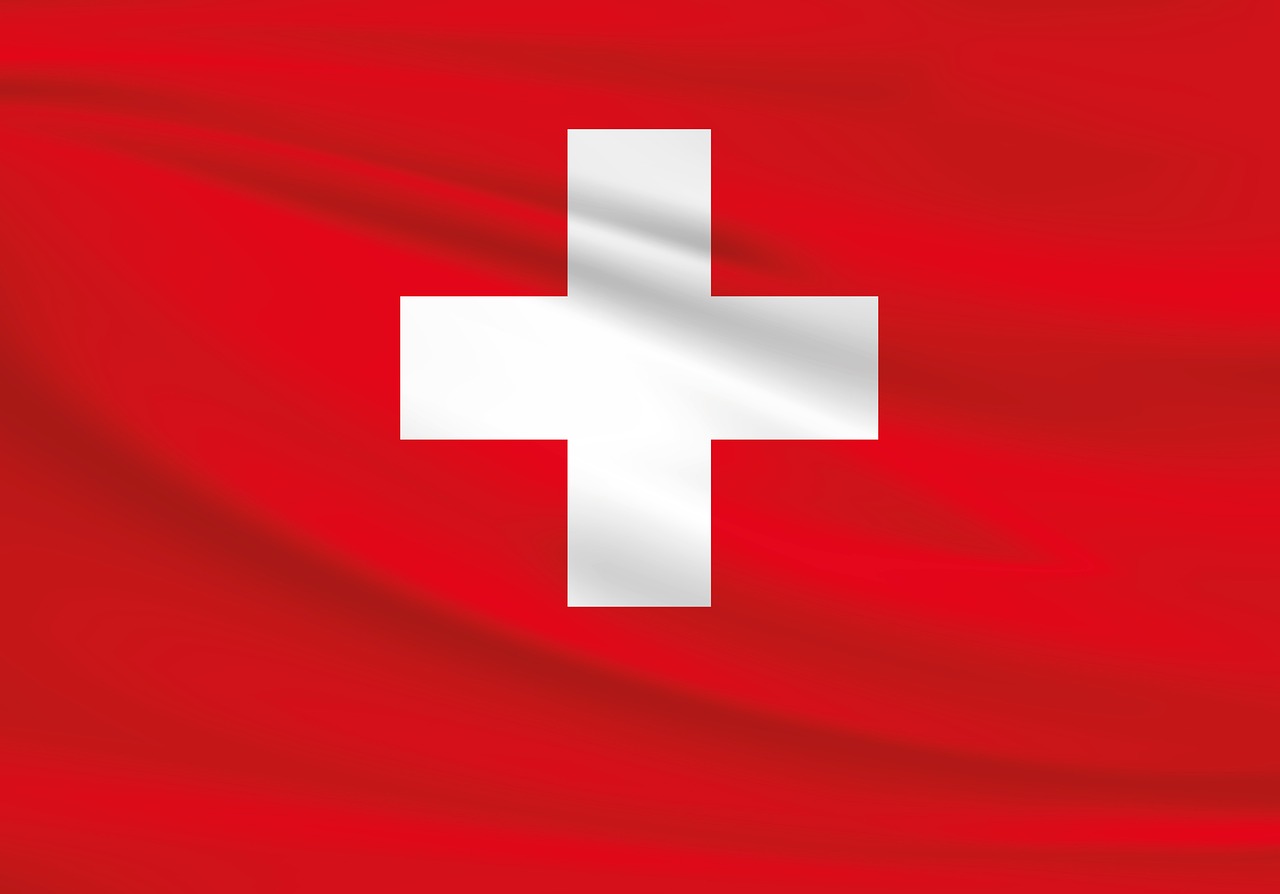Swiss Museums: Exploring History and Art

Switzerland, a country celebrated for its stunning Alpine landscapes, precision engineering, and rich cultural heritage, is also home to an impressive array of museums. These institutions offer visitors a chance to delve into the nation’s history, art, and scientific achievements. From world-class art galleries to niche museums dedicated to specific aspects of Swiss culture, there is something for everyone. In this article, we will explore some of the most notable Swiss museums, highlighting their unique collections and the stories they tell.
1. The Swiss National Museum: A Journey Through History
Located in Zurich, the Swiss National Museum (Schweizerisches Nationalmuseum) is the country’s premier institution for exploring Swiss history and culture. Housed in a stunning castle-like building designed by architect Gustav Gull, the museum offers a comprehensive overview of Switzerland’s past, from prehistoric times to the present day.
1.1 Exhibits and Collections
The museum’s permanent exhibition is divided into several sections, each focusing on a different period or theme. Highlights include:
- Prehistoric and Ancient History: Artifacts from the Stone Age, Bronze Age, and Roman era provide insights into the early inhabitants of Switzerland.
- Medieval Switzerland: This section explores the development of the Swiss Confederacy and the country’s role in European history.
- Cultural History: Exhibits on Swiss folklore, traditional costumes, and everyday life offer a glimpse into the nation’s rich cultural heritage.
The museum also hosts temporary exhibitions on a wide range of topics, from Swiss art to contemporary issues.
1.2 Architecture and Location
The Swiss National Museum’s architecture is a blend of historic and modern elements, reflecting the museum’s mission to connect the past with the present. The building’s central location in Zurich makes it easily accessible, and its proximity to the city’s main train station is a bonus for visitors.
2. The Kunsthaus Zurich: A Treasure Trove of Art
The Kunsthaus Zurich is one of Switzerland’s most important art museums, boasting an extensive collection of works from the Middle Ages to the present day. The museum is particularly renowned for its holdings of Swiss art, including works by Alberto Giacometti and Ferdinand Hodler.
2.1 Collections
The Kunsthaus Zurich’s collections are divided into several sections:
- Old Masters: The museum’s collection of European art from the 15th to 18th centuries includes works by masters such as Rembrandt, Rubens, and Goya.
- 19th and 20th Century Art: This section features works by Impressionists, Expressionists, and Surrealists, including pieces by Monet, Van Gogh, and Picasso.
- Swiss Art: The museum’s collection of Swiss art is one of the most comprehensive in the country, with works by artists such as Alberto Giacometti, Ferdinand Hodler, and Félix Vallotton.
2.2 Special Exhibitions
In addition to its permanent collections, the Kunsthaus Zurich hosts a variety of temporary exhibitions, showcasing everything from contemporary art to historical retrospectives. These exhibitions often draw international attention and contribute to the museum’s reputation as a leading cultural institution.
3. The Olympic Museum: Celebrating Sports and Achievement
Located in Lausanne, the Olympic Museum (Musée Olympique) is dedicated to the history of the Olympic Games and the spirit of sportsmanship. The museum’s exhibits cover the ancient and modern Olympic Games, as well as the broader impact of sports on society.
3.1 Exhibits and Collections
The Olympic Museum’s permanent exhibition is divided into three main themes:
- The Olympic World: This section explores the history of the Olympic Games, from their origins in ancient Greece to their revival in the modern era.
- The Olympic Games: Exhibits on the various sports and events that make up the Olympic Games, as well as the stories of famous athletes.
- The Olympic Spirit: This section focuses on the values of excellence, friendship, and respect that underpin the Olympic movement.
The museum also features interactive exhibits, allowing visitors to test their skills in various sports and learn about the science behind athletic performance.
3.2 Location and Architecture
The Olympic Museum is situated on the shores of Lake Geneva, offering stunning views of the water and the surrounding Alps. The museum’s modern architecture, designed by the Mexican architect Pedro Ramírez Vázquez, reflects the dynamic and forward-looking nature of the Olympic movement.
4. The Museum of Transport: A Journey Through Innovation
Located in Lucerne, the Swiss Museum of Transport (Verkehrshaus der Schweiz) is one of the most popular museums in Switzerland. The museum’s exhibits cover all aspects of transportation, from trains and cars to planes and ships.
4.1 Exhibits and Collections
The Swiss Museum of Transport’s collections are divided into several sections:
- Rail Transport: This section features historic locomotives and carriages, as well as exhibits on the development of Switzerland’s railway network.
- Road Transport: Exhibits on the history of the automobile, from early models to modern electric cars.
- Air and Space Travel: This section includes aircraft, spacecraft, and exhibits on the history of aviation and space exploration.
- Navigation and Communication: Exhibits on the development of navigation and communication technologies, from early maps to modern GPS systems.
The museum also features a planetarium, a cinema, and a variety of interactive exhibits, making it a great destination for families and technology enthusiasts.
4.2 Location and Architecture
The Swiss Museum of Transport is located on the outskirts of Lucerne, with easy access to the city’s public transportation network. The museum’s modern architecture and spacious layout provide a comfortable and engaging environment for visitors.
5. The Fondation Beyeler: A Masterpiece of Modern Art
Located in Basel, the Fondation Beyeler is one of Switzerland’s most prestigious art museums. The museum’s collection focuses on modern and contemporary art, with works by some of the most influential artists of the 20th and 21st centuries.
5.1 Collections
The Fondation Beyeler’s collection includes works by artists such as:
- Pablo Picasso: The museum has an extensive collection of Picasso’s paintings, sculptures, and drawings.
- Claude Monet: The museum’s collection includes several of Monet’s iconic water lily paintings.
- Andy Warhol: The museum features a selection of Warhol’s pop art works, including his famous Campbell’s Soup Cans.
In addition to its permanent collection, the Fondation Beyeler hosts temporary exhibitions that often feature works by contemporary artists.
5.2 Architecture and Location
The Fondation Beyeler is housed in a building designed by the renowned architect Renzo Piano. The museum’s architecture is characterized by its use of natural light and its integration with the surrounding landscape. The museum is located in a park on the outskirts of Basel, providing a serene and inspiring setting for the art on display.
6. The Château de Chillon: A Medieval Marvel
Located on the shores of Lake Geneva, the Château de Chillon is one of Switzerland’s most iconic landmarks. The castle’s history dates back to the 12th century, and it has served as a fortress, residence, and prison over the centuries.
6.1 Exhibits and Collections
The Château de Chillon’s exhibits include:
- Historical Rooms: Visitors can explore the castle’s grand halls, chapels, and bedrooms, which are furnished with period-appropriate furniture and decorations.
- Prison Cells: The castle’s underground prison cells, made famous by Lord Byron’s poem “The Prisoner of Chillon,” offer a glimpse into the harsh conditions endured by prisoners in the Middle Ages.
- Archaeological Finds: The castle’s museum features artifacts discovered during archaeological excavations, including weapons, tools, and pottery.
6.2 Location and Architecture
The Château de Chillon’s location on the shores of Lake Geneva provides stunning views of the water and the surrounding mountains. The castle’s architecture is a mix of medieval and Renaissance styles, reflecting its long and varied history.




